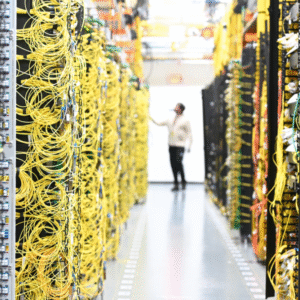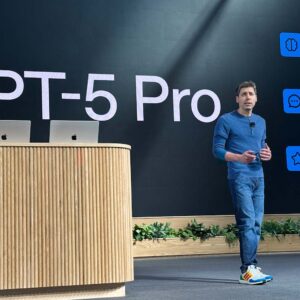The tech world is always buzzing, but sometimes, things come along that feel like they’re straight out of a science fiction movie. In recent months, major companies like Microsoft, Meta, Samsung, Amazon, Google, and Apple have filed patents for ideas that could change how we live, work, sleep, and interact with machines. These patents aren’t just for future dreams—they are blueprints for the next wave of innovation.
Below, we take a closer look at these new inventions and what they could mean for everyday life.

Microsoft’s Holographic Teleportation
Microsoft has filed a patent for a holographic teleportation system. This is not the kind of teleportation you see in movies, but a virtual one. It would allow a person’s hologram to appear in another place—say, at a business meeting or family event—without the person being physically present.
Imagine sitting at home and attending a conference in London as a full-size 3D version of yourself. This kind of tech could save time, reduce travel stress, and make remote communication feel more real.
Meta’s Mind-Control Interface
Meta, the company behind Facebook, is working on something that sounds almost magical—a system that reads your brain signals. Their patent describes a mind-reading interface for controlling devices like AR or VR headsets.
Instead of using a mouse, keyboard, or touchscreen, you would think about an action and the system would follow your thoughts. This could make digital interactions faster, smoother, and more natural.
Samsung’s Dream-Tracking Wearables
Samsung is diving into sleep technology with a patent for dream monitoring wearables. These are devices you wear while sleeping that can read and even influence your dreams using neural signals.
Here’s what this could mean:
- Better sleep quality by understanding your dream patterns.
- Using dreams for mental relaxation or creativity.
- New ways to treat stress or sleep disorders.
Amazon’s Space-Based Data Centers
Amazon, known for its web services and online shopping, is now thinking above the clouds. Their patent describes data centers in space. This may sound extreme, but the reason is clear: running servers on Earth comes with problems like heat and power usage.
By placing data storage centers in space:
- Cooling becomes easier due to cold space conditions.
- Internet speeds could improve with better satellite networks.
- Earth’s resources could be saved for other needs.
This could be a big step in how cloud computing works.
Google’s Emotional Robots and Smart Skin
Google has not one, but two exciting patents:
- Robot Emotion System – A way for robots to show feelings. This isn’t about real emotions, but about helping robots act in more human-like ways, especially in social settings. For example, a robot helper could smile when greeting you or show concern if you’re feeling down.
- Smart Skin Sensors – These are ultra-thin wearables that stick to your skin. They can:
- Monitor your health (heart rate, movement).
- Detect touch or temperature.
- Send signals to your phone or computer.
These could make health tracking easier and more seamless than current fitness bands or watches.
Apple’s Memory Glasses
Apple’s new patent is all about memories. They are working on augmented reality (AR) glasses that can record what you see and play it back later.
Think about these uses:
- Rewatching a special moment, like a birthday party.
- Reviewing a meeting or lecture.
- Helping people with memory loss.
The glasses would work like a second brain for your visual memories, letting you rewind and relive important events.
Big Ideas, Real Possibilities
These aren’t just fun ideas. All of these patents show that companies are already working to bring them to life. Some may take years, but others might be available much sooner.
What these inventions have in common:
- They aim to solve real problems (like travel, communication, health, memory).
- They combine hardware and software in new ways.
- They show how close we are to living in a tech-powered world that once seemed impossible.
Here’s a quick summary of the standout ideas:
- Microsoft: Virtual holograms for remote presence.
- Meta: Mind-controlled tech for AR/VR.
- Samsung: Devices that read and shape your dreams.
- Amazon: Cloud storage centers floating in space.
- Google: Robots with feelings and skin-like health sensors.
- Apple: Smart glasses that let you replay what you saw.
Final Thoughts
These new patents offer a window into the future. They show that the world’s top tech companies are not slowing down. Instead, they are pushing boundaries, filing ideas that may soon become everyday tools.
Whether it’s through dream-tracking wearables, emotional robots, or memory-glasses, the next generation of technology is not just about speed—it’s about how deeply it connects with us.
We may not teleport tomorrow, but with these patents, it’s clear: the future is already being built.
References
- NASA – Future Space Technologies
- IEEE Spectrum – Latest in Wearables
- TechCrunch – AR and VR Developments
- USPTO Patent Search









